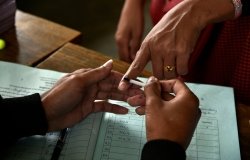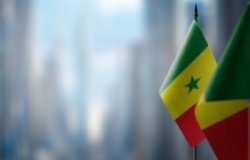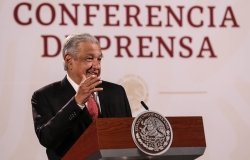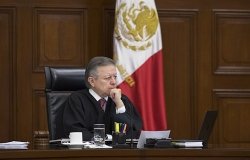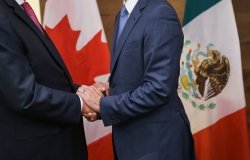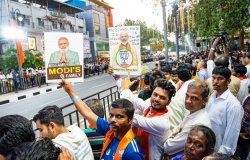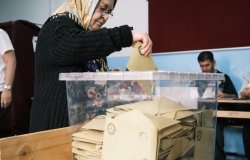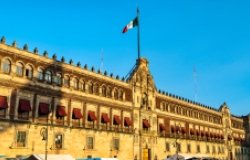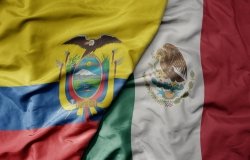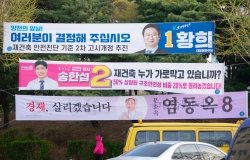Another Engineered Election in Iran
Parliamentary elections in Iran faced record-low turnout. The people rejected the regime’s brutal crackdown on 2022 protests and the arbitrary disqualification of moderate candidates. The elections only demonstrated the widening gap between the regime and the people.
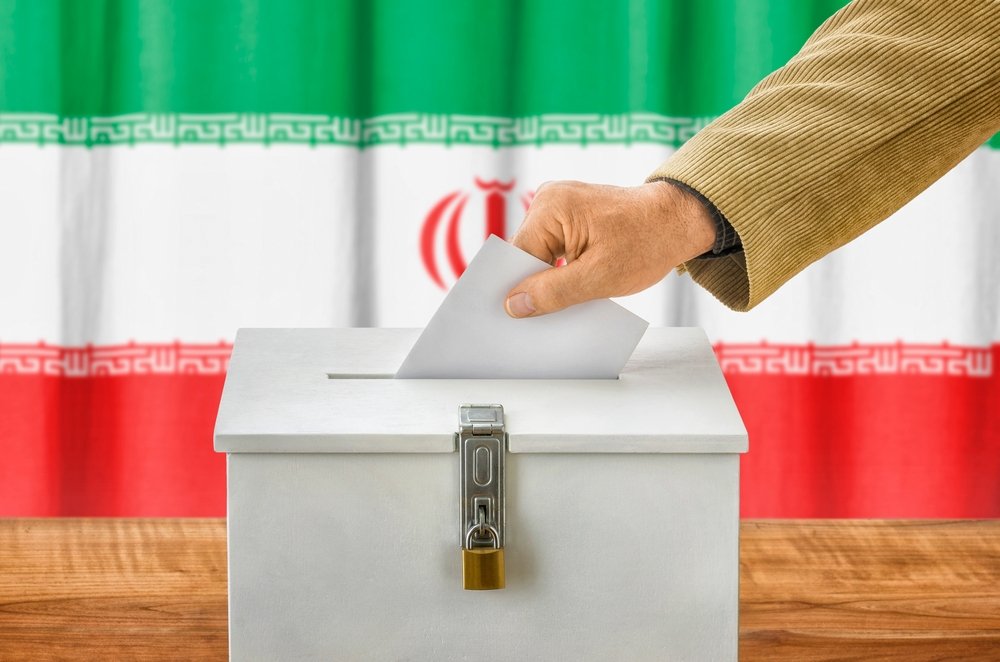
Zarbor/shutterstock.com
The Iranian people gave the regime and its leaders the cold shoulder in last week’s elections for the Majlis (or parliament) and the Assembly of Experts, a body of 88 clerics that will choose the next supreme leader. Iranians, considering the elections engineered, displayed their discontent with the regime by boycotting the elections, refusing to show up at polling stations, voting in small numbers, and, in some cases, (wishing to appear to vote) casting invalid ballots. According to the Ministry of Interior, of 61 million eligible voters, only 25 million cast ballots.
Empty streets
A friend in Tehran told me that on voting day, March 1, the streets in her neighborhood were almost deserted, and that she heard the same thing from other friends. This was true in towns and cities across Iran. To save face and hoping to enlarge the turnout, the government extended the vote by six hours, until midnight. Nevertheless, both conservatives and moderates agree that participation in both the parliamentary and the Assembly of Experts elections were the smallest since the inception of the Islamic Republic.
Clearly, the urging by the Supreme Leader Ali Khamenei, who said a large turnout would send a resounding message to Iran’s enemies, and by President Ebrahim Raisi, speaker of parliament Mohammad-Bagher Qalibaf, and Friday prayer leaders across the country did not resonate with the people.
A second round of voting will take place in the next two months to fill 45 out of 290 seats in constituencies where none of the candidates secured the 20% of votes required for election.
The low turnout reflects revulsion at the widespread arrests, the brutality of the security forces, and the imprisonments, torture, and executions of many young people that followed.
The election and its results are significant for a number of reasons. This is the first election since the 2022 death of young Mahsa Amini in police hands, and the major protest movement that followed under the banner of “Woman, Life, Liberty." The low turnout reflects revulsion at the widespread arrests, the brutality of the security forces, and the imprisonments, torture, and executions of many young people that followed. Jailings and executions of critics—political activists, journalists, women—continue today. Economic discontent was a factor as well; a large and growing number of Iranians now live below the poverty line due to rampant inflation and a lack of good jobs.
Restricting the field
The result was that only ultraconservatives close to the regime and trusted by the Supreme leader could run and be elected.
People also resented official measures that eliminated prospective candidates. In Iran, candidates must pass muster in a vetting process administered by the Council of Guardians, a body of six clerics appointed by the Supreme leader and six Islamic jurists chosen by parliament. The council disqualified the majority of moderate candidates and even a number of middle-of-the-road conservatives. The result was that only ultraconservatives close to the regime and trusted by the Supreme leader could run and be elected.
The election results, predictably, also proved disappointing where women are concerned. Although over 1,700 women were approved to run for parliament, only 11 among the 245 elected deputies were women. This number is unlikely to significantly increase in the second round.
There is no reason to expect that women in the incoming parliament will prove any different.
The representation and effective role of women in the Majlis continues to shrink. In the last parliament before the revolution in 1979, there were 22 women deputies. In the first parliament of the Islamic Republic, only four women were elected, but the number of women parliamentarians grew over the years. Under president Mohammad Khatami (1997-2005) there were 17 women parliamentarians, most of them moderates who actively pushed for recognition of women’s rights. In the outgoing parliament, there were 16 women deputies, but all, except one, were conservatives. None raised their voice in support of the “Woman, Life, Liberty” movement in 2022, and all maintained silence in the face of the brutal mistreatment of the young women and men protesting in the streets. There is no reason to expect that women in the incoming parliament will prove any different.
The elections, almost over, demonstrate the wide chasm that now exists between the aspirations of the majority of people—for freedom, the rule of law, economic opportunity, responsive government, a moderate foreign policy—and a regime that will brook no opposition or contrarian political opinion and that aims at a subservient, largely hand-picked parliament.
The views expressed in these articles are those of the author and do not reflect an official position of the Wilson Center.
About the Author


Middle East Program
The Wilson Center’s Middle East Program serves as a crucial resource for the policymaking community and beyond, providing analyses and research that helps inform US foreign policymaking, stimulates public debate, and expands knowledge about issues in the wider Middle East and North Africa (MENA) region. Read more
